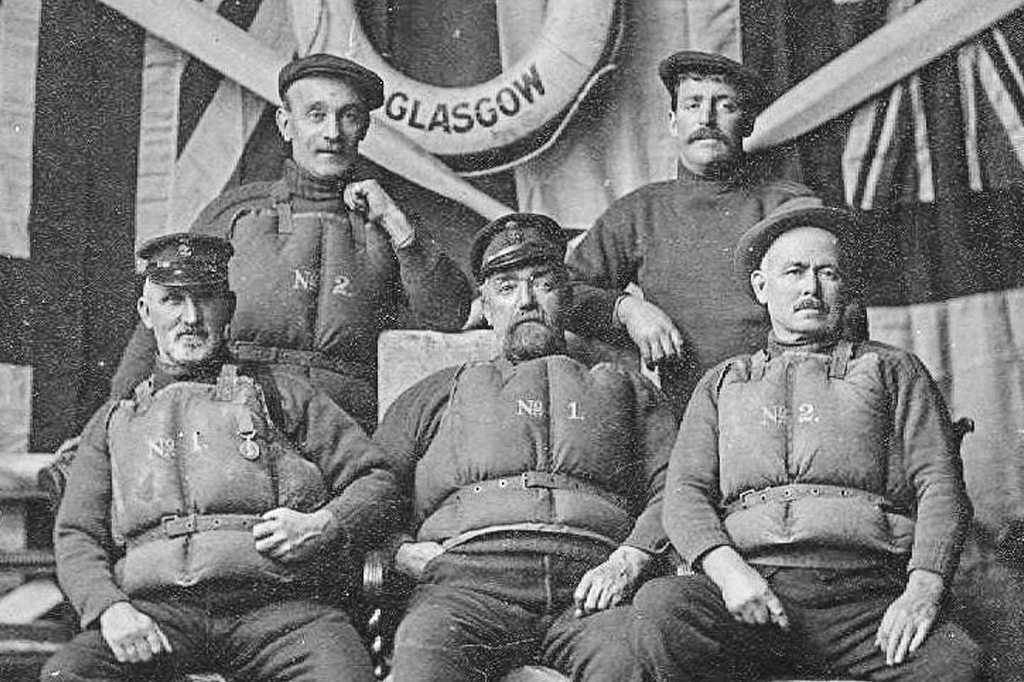RNLI’s Bicentenary – 200 years of lifesaving
Monday 19th February

Sir William Hillary is credited with founding the National Institution for the Preservation of Life from Shipwreck, later renamed the Royal National Lifeboat Institution in 1854.
After witnessing the destruction of many ships from his home in the Isle of Man, and being involved in rescue attempts himself, Hillary appealed to the Navy, the government and other ‘eminent characters’ for help in forming ‘a national institution for the preservation of lives and property from shipwreck’. With support of London MP Thomas Wilson and West India Merchants Chairman George Hibbert, the Institution was founded as a charity in a London Coffee House on 4th March1824.
National Rescues – a national service
The RNLI’s lifeboat crews, lifeguards and flood rescue teams have saved more than 141,000 lives since the charity’s foundation in 1824. The biggest single rescue was in 1907, when lifeboats from Cadgwith, Coverack, the Lizard and Porthleven rescued 456 people from the liner Suevic.

The RNLI and Whitby – the Rohilla disaster
Locally, Whitby has had a lifeboat from 1802 when the Whitby Lifeboat Association was formed. A Henry Greathead lifeboat was stationed at Whitby, funded by local subscription and the help of Lloyds of London. The RNLI took over the running of lifeboats at Whitby after the 1861 Lifeboat disaster in which twelve of the thirteen lifeboat crew perished. The only survivor was Henry Freeman, who then became Coxswain of Whitby Lifeboat, assisting in saving 152 lives and was awarded the RNLI’s Silver Medal for Gallantry twice.
The RNLI were involved in the greatest wartime naval disaster rescue when the hospital ship HMHS Rohilla ran aground at Saltwick in the early hours of 30th October 1914. Sailing under wartime conditions, HMHS Rohilla was enroute from Leith in Scotland to Dunkirk to evacuate wounded First World War soldiers. With 228 people on board, including the ship’s crew, medical and support staff including five nurses, the vessel ran on to Saltwick Nab and almost immediately broke into three pieces.
Over three days, six lifeboats from five lifeboat stations – Scarborough, Teesmouth, Tynemouth, Upgang and Whitby (No 1 & No 2 Lifeboats) – were involved with the attempts to rescue those on board. Whitby’s No 2 Lifeboat John Fielden rescued 35 people in two trips before she was wrecked and a further 50 were rescued by the motor lifeboat Henry Vernon from Tynemouth. Others made their own way ashore after jumping into the raging sea, being assisted by Whitby townsfolk, one of whom was a Mr. George Peart who rushed into the surf to drag individuals out of the sea. Sadly 83 people from the Rohilla lost their lives.
RNLI Gold medals were awarded to Coxswain Thomas Langlands, Coxswain of Whitby Lifeboat, Coxswain Robert Smith and Captain Burton of Tynemouth lifeboat and Silver Medals to Whitby’s Second Coxswain Richard Eglon and Mr. George Peart.

Calling all local community heroes and charitable champions!
The Whitby Advertiser warmly invites your group or charity to share your inspiring stories on our community-driven website. We believe in the power of local voices, and we want to showcase the incredible work happening in Whitby.
Whether you’re organising events, providing vital services, making a positive impact or looking for volunteers, we want to hear from you! Submit an article to highlight your achievements, upcoming projects, or heartwarming stories.
Together, let’s strengthen our community bonds and celebrate the unsung heroes among us. Send your articles to info@whitbyadvertiser.co.uk and let Whitby shine with your tales of community spirit!



